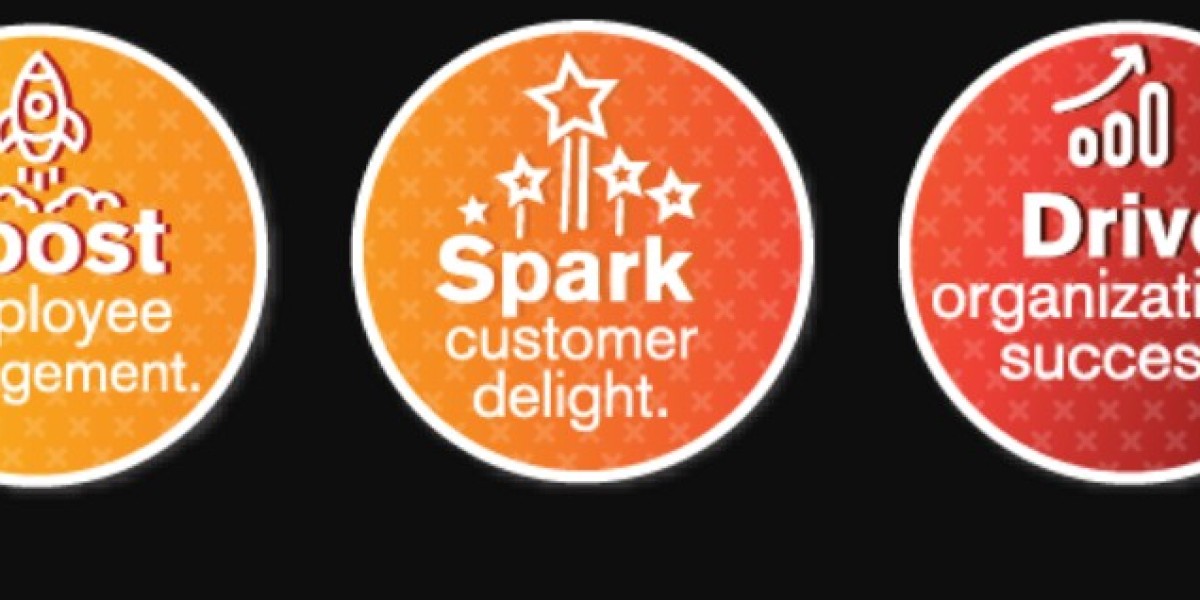Customer service is more than just addressing inquiries and resolving complaints — it’s about creating memorable experiences that foster loyalty and drive business success. Effective customer service training goes beyond basic skills, aiming to transform interactions into opportunities for building strong customer relationships.
Here’s an innovative approach to customer service training that focuses on creating exceptional experiences and driving organizational success.
1. Redefining Customer Service Training
a. Emphasize Experience Design
Customer Journey Mapping: Train employees to understand and map out the entire customer journey, from initial contact to post-purchase follow-up. This helps identify key touchpoints where exceptional service can make a significant impact.
Experience Personalization: Teach employees to personalize interactions based on customer preferences and history, creating a more tailored and engaging experience.
b. Develop Empathy and Emotional Intelligence
Empathy Training: Focus on developing empathy by helping employees understand and relate to customer emotions and perspectives. Use role-playing exercises to simulate various customer scenarios and responses.
Emotional Intelligence: Incorporate training on emotional intelligence to enhance employees’ ability to manage their own emotions and respond effectively to customer emotions.
c. Integrate Technology and Innovation
Tech Savvy: Ensure employees are proficient in using the latest technology and tools, such as AI-driven chatbots, customer analytics platforms, and CRM systems. Training should cover how these tools can enhance customer interactions and streamline processes.
Innovation Mindset: Encourage a mindset of continuous improvement and innovation. Train employees to think creatively about how to solve customer problems and enhance the service experience.
2. Implementing Advanced Training Techniques
a. Interactive and Immersive Learning
Virtual Reality (VR) Training: Utilize VR to create immersive simulations where employees can practice handling various customer scenarios in a controlled, virtual environment.
Gamification: Incorporate gamification elements into training programs to make learning engaging and fun. Use quizzes, challenges, and leaderboards to motivate employees and reinforce key concepts.
b. Real-Time Feedback and Coaching
Live Coaching: Provide real-time coaching and feedback during customer interactions. Use tools that allow managers to monitor calls or chats and offer immediate guidance.
Peer Reviews: Implement peer review sessions where employees can observe and critique each other’s customer interactions, fostering a culture of collaborative learning and improvement.
c. Customer-Focused Workshops
Customer Immersion: Organize workshops where employees interact directly with customers to gain firsthand insights into their needs and expectations. This can include customer panels, focus groups, or shadowing opportunities.
Scenario-Based Workshops: Conduct workshops based on real-world scenarios and challenges faced by the organization. Use these scenarios to practice problem-solving and decision-making in a collaborative setting.
3. Measuring and Sustaining Success
a. Performance Metrics and Analytics
Customer Satisfaction Scores: Use metrics such as Net Promoter Score (NPS), Customer Satisfaction Score (CSAT), and Customer Effort Score (CES) to measure the impact of training on customer satisfaction.
Service Quality Audits: Regularly audit service interactions to ensure adherence to training standards and identify areas for further improvement.
b. Continuous Improvement
Ongoing Learning: Promote a culture of continuous learning by offering regular refresher courses, advanced training modules, and access to industry resources.
Feedback Loops: Create feedback loops where employees can provide input on the training program and suggest improvements based on their experiences and observations.
c. Recognition and Rewards
Celebrate Successes: Recognize and reward employees who consistently deliver exceptional service and demonstrate the skills learned during training. This reinforces positive behavior and motivates others.
Incentive Programs: Implement incentive programs that align with training objectives, such as bonuses for achieving high customer satisfaction scores or completing advanced training modules.
4. Conclusion
Transformative customer service training goes beyond traditional approaches by focusing on experience design, empathy, technology, and innovation. By integrating interactive and immersive learning techniques, providing real-time feedback, and fostering a culture of continuous improvement, organizations can elevate their customer service to new heights. Measuring success through performance metrics and sustaining training efforts with recognition and rewards ensures that employees are equipped to deliver exceptional experiences that drive customer loyalty and business success. Investing in innovative customer service training not only enhances interactions but also contributes to long-term organizational growth and excellence.









